Archifutures 6: Agency
Since 2015 the &beyond collective of writers, editors and designers, have made six volumes of the Archifutures series together with dpr-barcelona for the Future Architecture Platform.

Together they form a document of the changing zeitgeist of the last five years in innovative and critical architectural thinking amongst young practitioners and other related fields. The series includes the following five volumes: The Museum, The Studio, The Site, Thresholds and The Apocalypse.
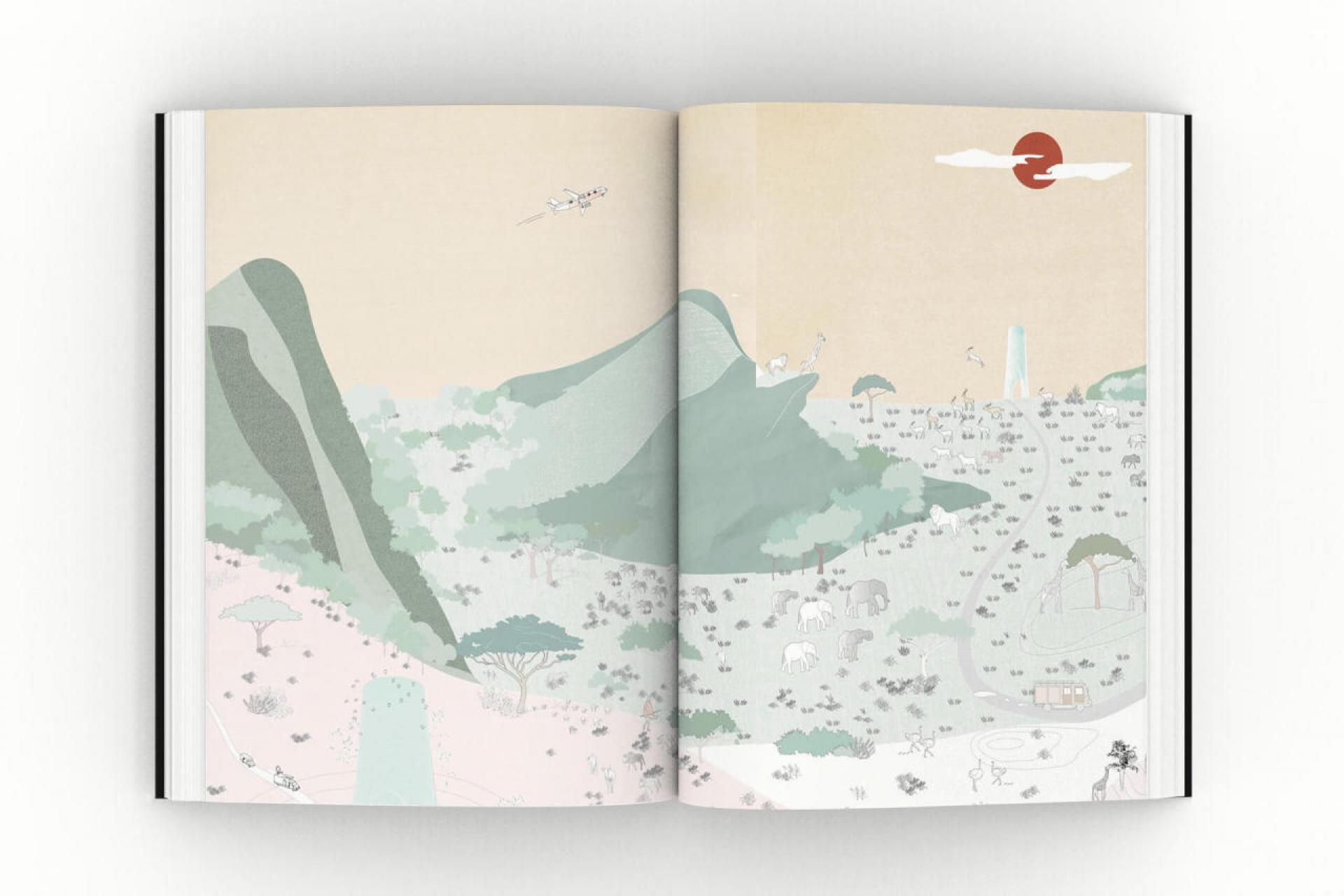
And now &beyond brings you Archifutures Volume 6: Agency, a more hopeful and optimistic field guide to reclaiming the future of architecture.
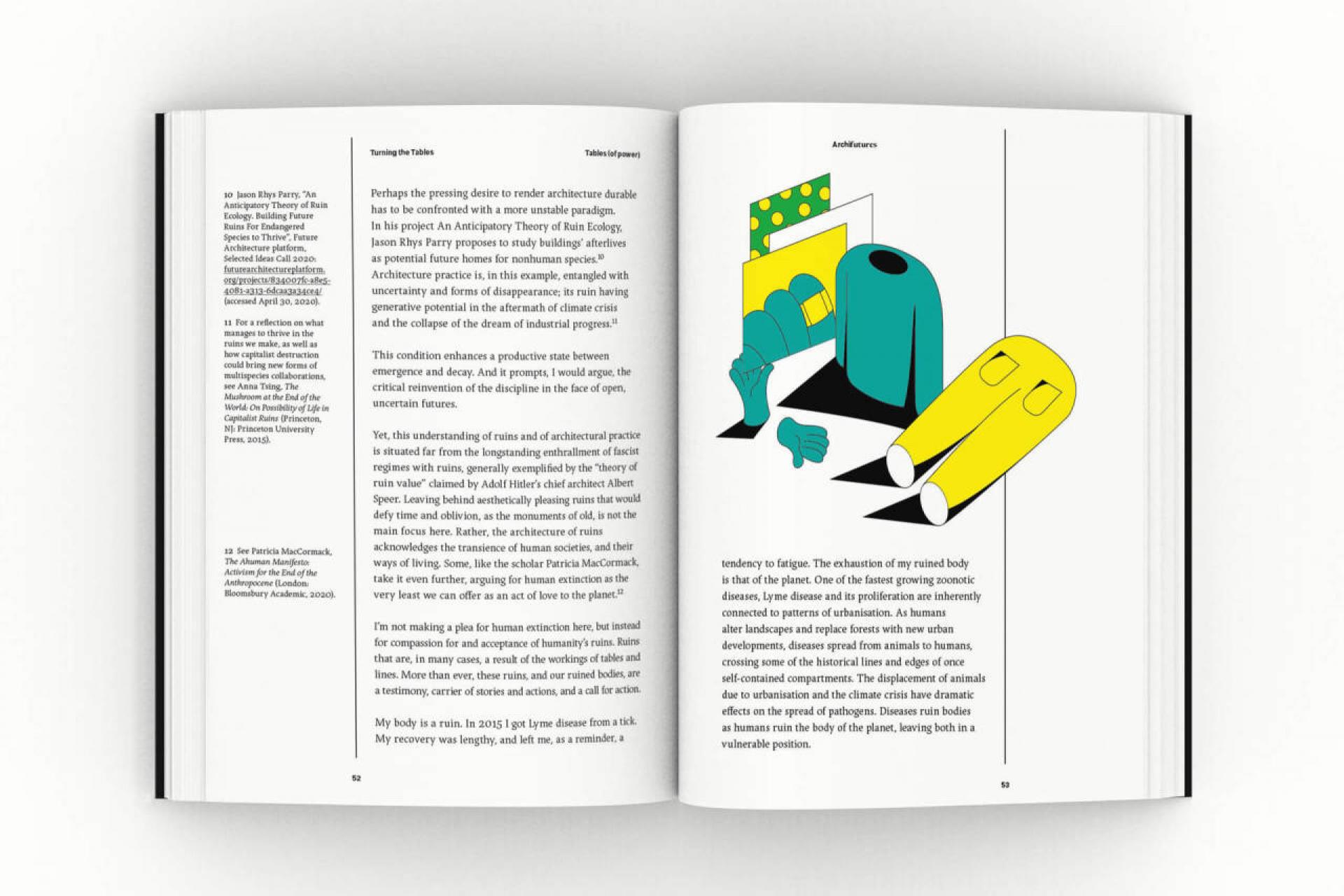
All six volumes were designed by Diana Portela (in Porto), contain special illustrations by our own Janar Siniloo (Berlin) and were edited by various constellations of myself, Sophie Lovell, and Fiona Shipwright (also Berlin), George Kafka (in Athens) and Rob Wilson (in London).

For each book in the series since its inception, &beyond has sampled the prevailing mood in the room at the FA annual conferences and tempered it with our own experiences to make a volume reflecting the zeitgeist of that moment – expressed through selected projects as well as contributions by invited external experts.As the series developed, each new volume has also reflected a feeling of growing urgency relating to the need for deep, universal, systemic change. Little did we all realise during the FA conference in February 2020 that we were already hurtling towards a global pandemic that was to massively shift the human paradigm and accelerate calls for change.
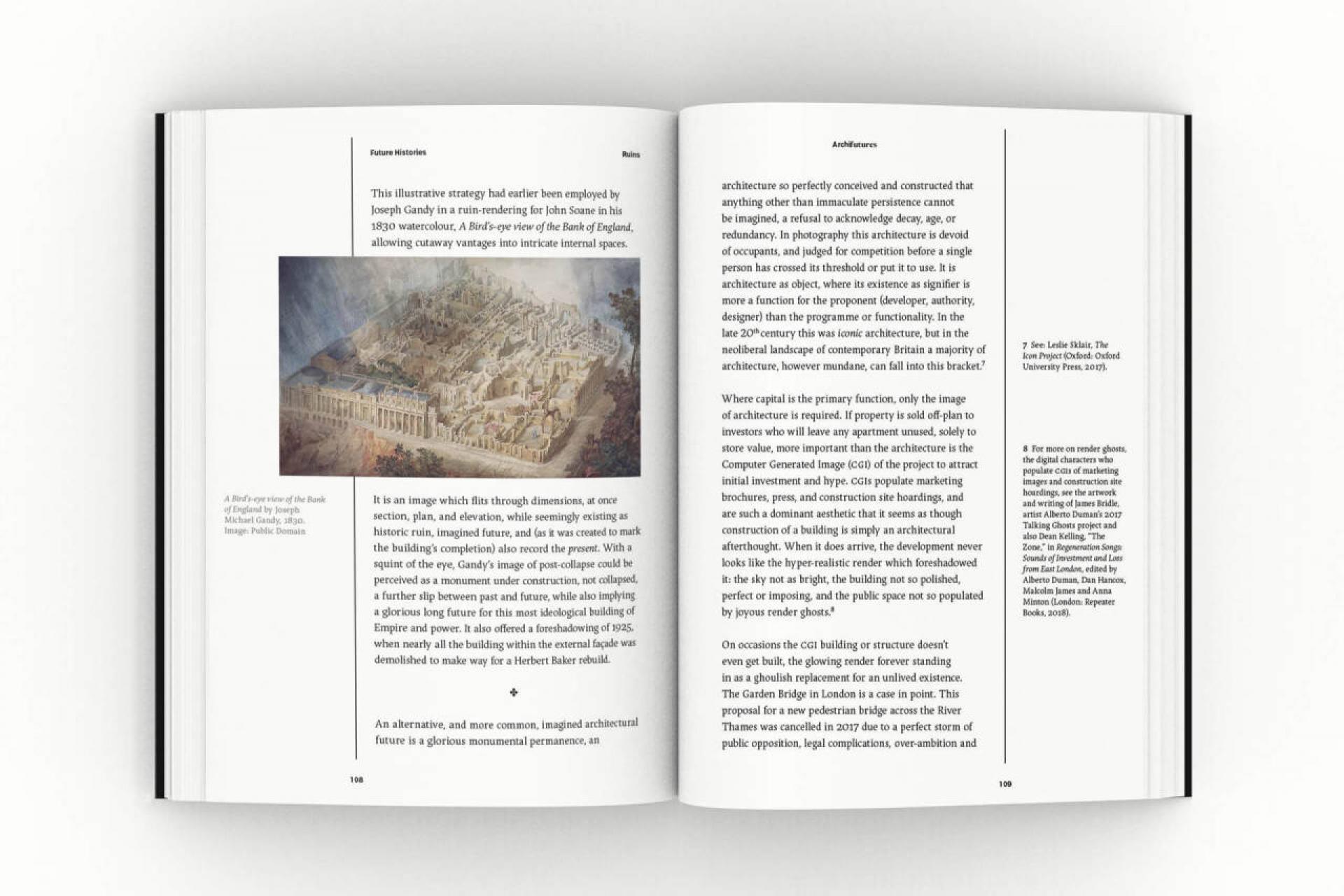
As we began to commission material for the book during the lockdown in March, some contributors adapted their material slightly to reflect the new circumstances, but most projects, I’m glad to say, already reflected their authors’ assumptions that the need for essential change was a clear given: Disaster is upon us.
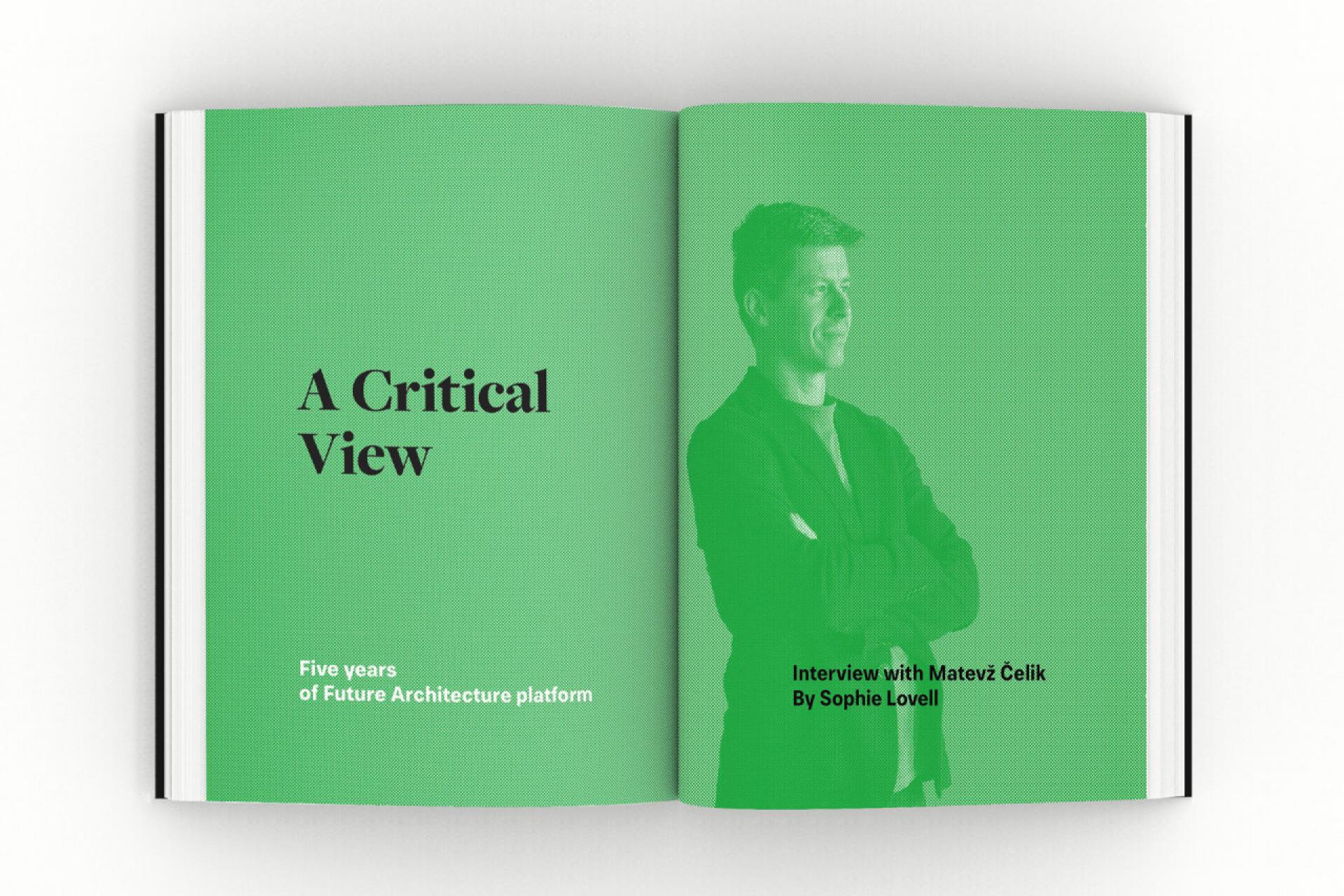
Volume 6 is a call to Agency as well as a call to Action. To build agency we first need reflection followed by new narratives that can then progress into action. So in the first chapter, Reflection, I discuss the first five years of the Future Architecture platform with its founder Matevž Čelik and talk about and how this extraordinary collective entity has gathered momentum and sharpened its mission towards one of greater critical production – and becoming an agent of change.
The second chapter is about rectifying imbalance, by turning the Tables (of power), Marina Otero Verzier’s essay here highlights a shift in architectural practice away from commodities and a “nostalgia for a position at the table” towards commons-oriented strategies, politicisation and redistribution of power. It is joined by Miguel Braceli’s Biblioteca Abierta in Venezuela, and the Office of Human Resources’ Agro Commune/ challenging colonial hegemony of production.

Straight lines as impositions of order and separation are a legacy from the past that still very much define our present. Chapter three, Lines, shows that our thinking and responses need to be much less linear and much more inclusive. In her powerful essay called Out of Line, Marie-Louise Richards from the Royal Institute of Arts in Stockholm traces threads of narratives that have been omitted or erased through discriminatory structures. This is followed by projects from 45°N and the Institute of Linear Research, that both use geography to explore and engage with communities and landscapes.
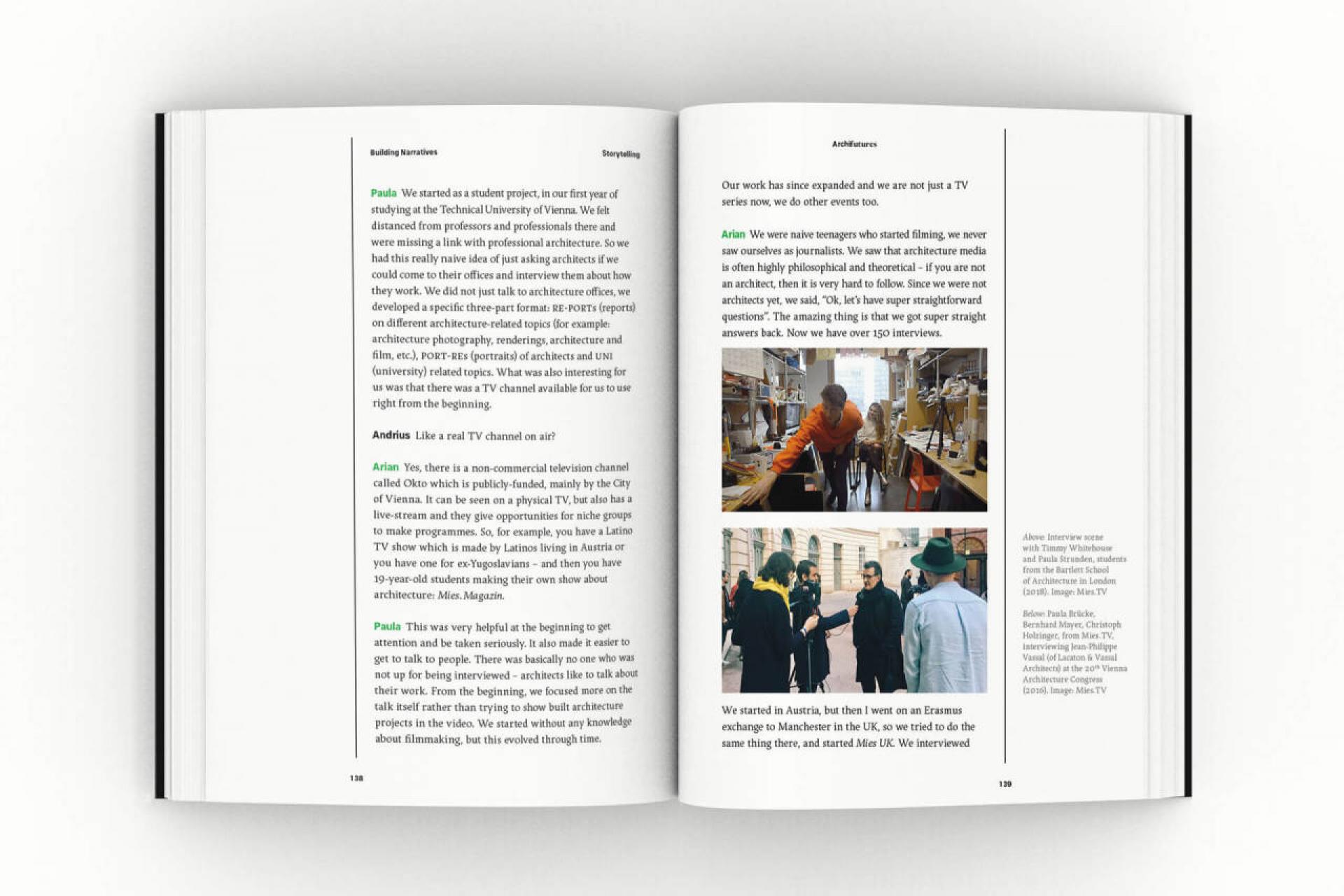
Our fourth chapter covers a topic that has interested the &beyond collective for some time: ruin. “Ruin” is a term that has fascinated architects for centuries, but now we begin to see it in a different context to the usual romantic nostalgia for the past. Here, Will Jennings takes us on a journey through the tropes of the city in ruins and speculative renderings to ask: “What will the ruins of neoliberalism look like?” And Jason Rhys-Parry’s essay An Anticipatory Theory of Ruin Ecology, states that ruins will become the architecture of default rather than the exception and that architects should, therefore anticipate this by designing them to be biodiversity hotspots for the future.
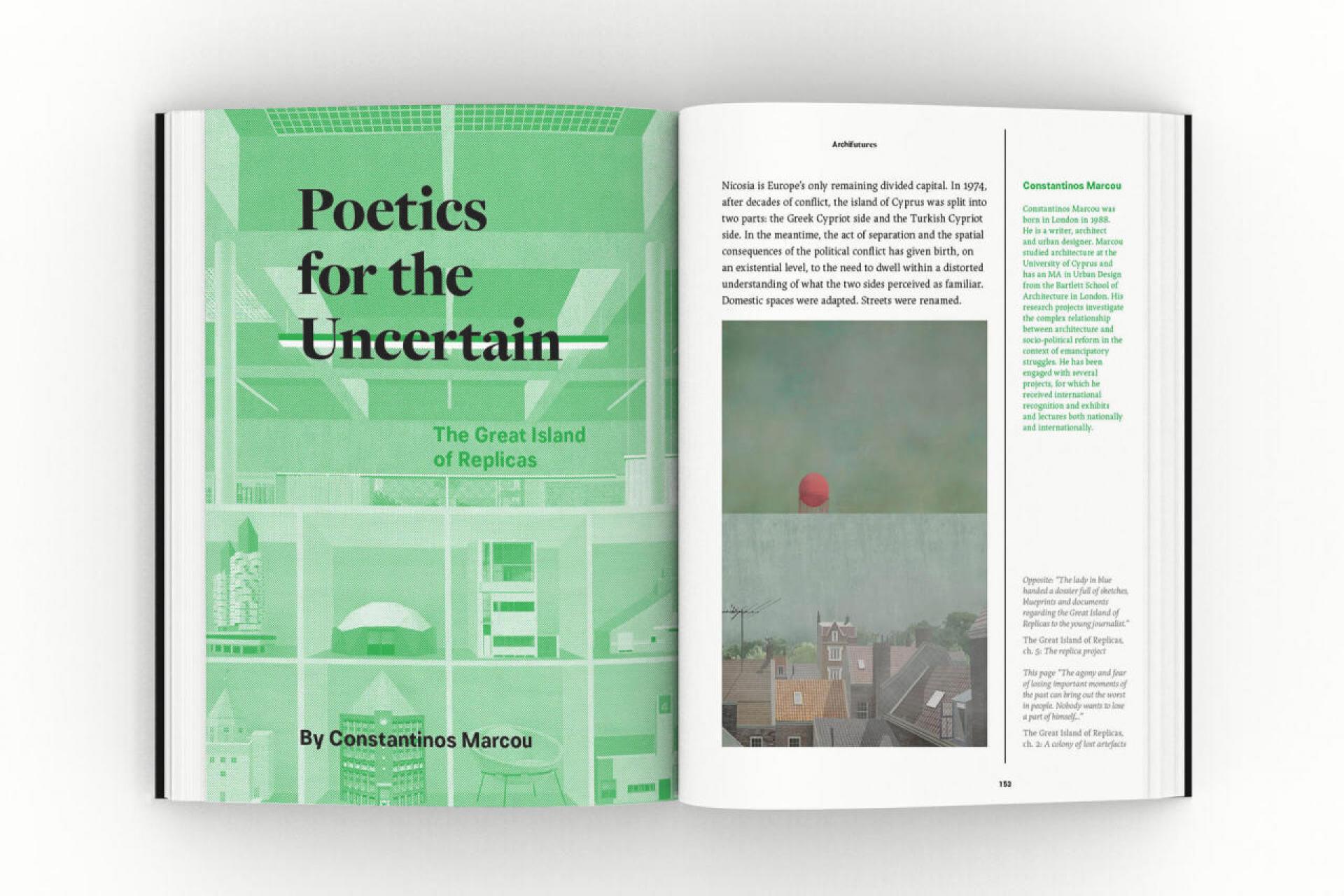
For the fifth chapter, Storytelling, we engineered an exchange between emerging practitioners Paula Brücke and Arian Lehner of Mies.TV and Justinas Dūdėnas and Andrius Ropolas from new platform members Architectūros Fondas. Their exchange became a fantastic conversation and interviewer/interviewee ping-pong about story-making for accessibility and empowerment. Also in this chapter, Un-war Space Lab share their love letter to the Neretva River as the subject of their research about ecologies of violent spatial transformation. And the melancholic illustrations of Constantinos Marcou which form part of his narrative “The Great Island of Replicas” hint at storytelling about the divided island of Cyprus.
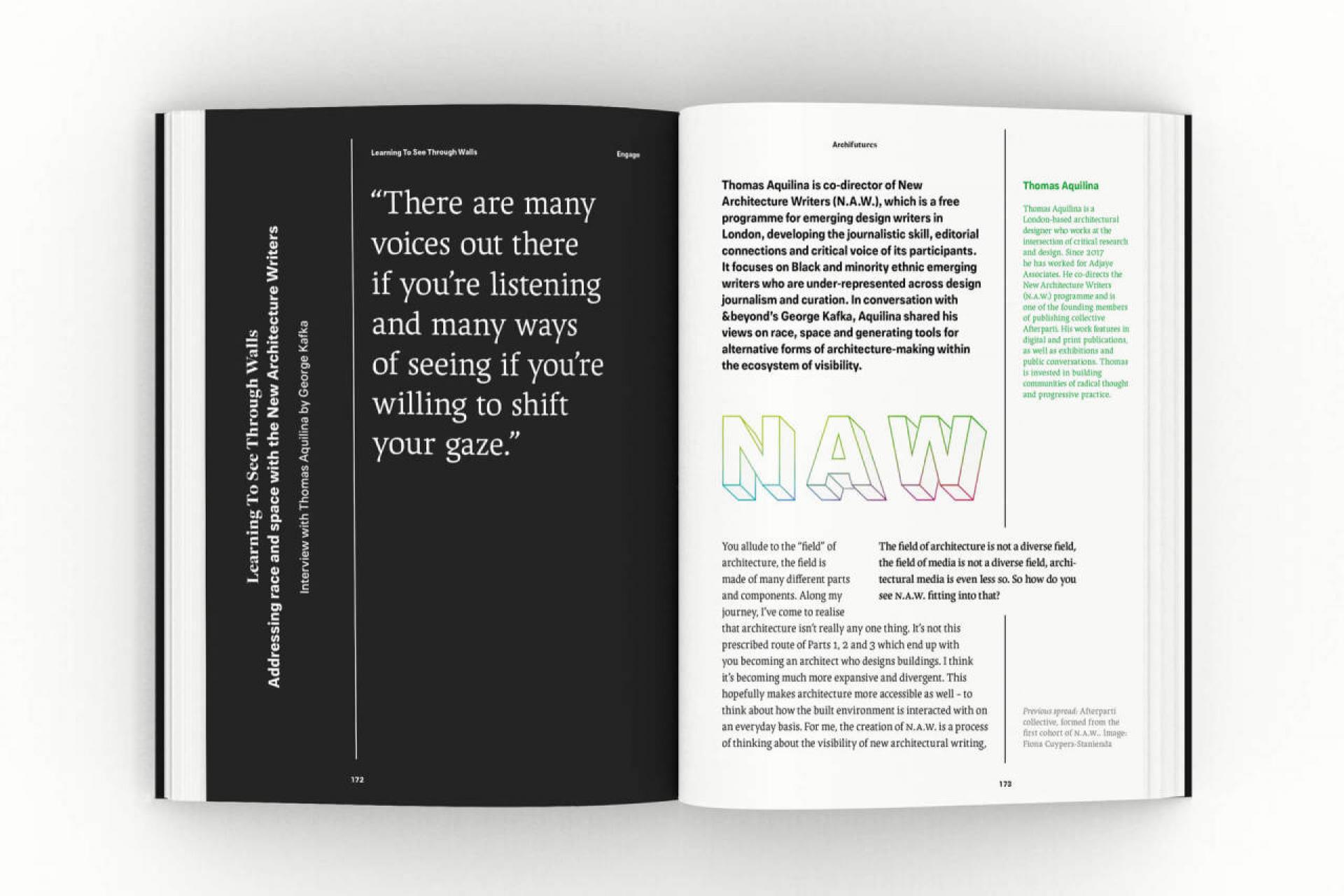
Agency, as the capacity to act and exert power or influence, comes through engagement. Therefore, the sixth and final chapter of this volume, Engage, is about how to achieve that. It is also about creating change through direct action. Here, Sam Turner from Architects Climate Action Network shares his activist organisation’s strategies for engagement. We also have an interview in this chapter with Thomas Aquilina – co-director of the London-based New Architecture Writers – about race and space, and how the N.A.W. are developing the critical journalistic skills and editorial connections of Black and minority-ethnic emerging writers in order to generate tools for alternative forms of architecture-making. Then, with their Smart Covenant project, Jack Minchella and his team from Dark Matter Labs share an innovative new legal construct for collective land value infrastructure.
We end the book with another pairing we made between Critical Practice and Unfolding Pavilion. We asked both groups to get together and come up with a form of “mixed media manifesto” for better practice. In response, they curated a “guerilla collaboration” and, to our delight, invited six further practices to create double page spreads of “take-away manifestos”. These were: Arturo Franco and Ana Román, Recetas Urbanas, Coloco, Point Supreme, ateliermob and BC Architects and Studies.
Finally, it is sometimes hard to have hope in the face of the enormous problems the world is facing right now, but the projects and practices featured in this and the five previous volumes of Archifuturesdo indicate that we already have the ideas and skills to make the necessary changes – it is just that the means for achieving them are unevenly distributed.
- Sophie Lovell, Berlin, November 20, 2020

Archifutures is a project by dpr-barcelona for Future Architecture
Volume 6: Agency A field guide to reclaiming the future of architecture. Edited by Sophie Lovell with George Kafka, Design by Diana Portela, andbeyondcollective.com, Date: October 2020, Published by dpr-barcelona
Order your copy of Archifutures volume 6 and first five volumes here.